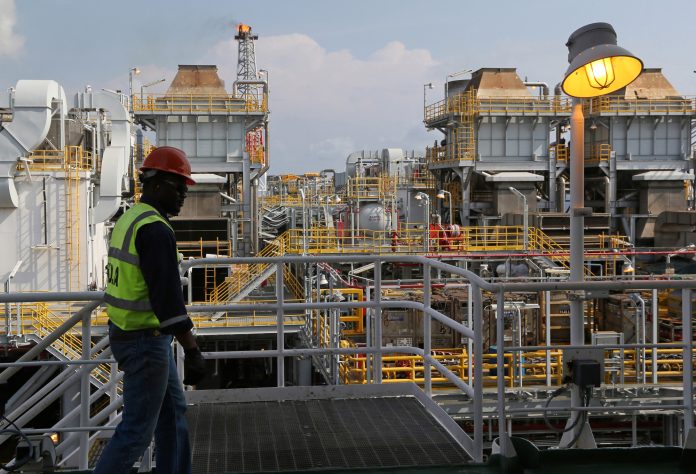
Nigeria’s crude oil revenues reach nearly N1.68tn in June 2023, driven by a rise in oil production to 1,248,960 barrels per day.
Total crude oil output in June increases to 37,468,798 barrels, marking a significant increase of 774,326 barrels compared to the previous month.
Improved security measures and industry efforts contribute to the steady recovery of Nigeria’s oil production, following a period of low output attributed to petroleum theft in the Niger Delta region.
Following a rise in output last month, Nigeria’s crude oil revenues increased to nearly N1.68tn in June 2023, according to a study of the latest oil production numbers given by the Federal Government.
According to data acquired on Thursday from the Nigeria Upstream Petroleum Regulatory Commission’s June 2023 crude oil production report, the country’s daily oil output in the review month increased to 1,248,960 barrels. Nigeria produced 1,183,691 barrels of crude oil per day in May, which was 65,269 barrels less than what it produced in June.
Based on the latest data, the total crude oil output in June was 37,468,798 barrels, an increase over the previous month’s total of 36,694,427 barrels. This suggested that, compared to May, Nigeria’s oil production rose by 774,326 barrels in June.
Read more: Anti-west sentiments propel energy partnership between Uganda and Iran
The World Bank data revealed that a barrel of crude oil will cost on average $74.89 in June 2023. It was inferred by providing a higher production of 37,468,798 in June that the nation made around $2.81 billion from the commodity in June.
According to information from dollar/naira spot exchange rates for 2023, this indicated that the Federal Government’s oil revenues in June increased to N1.68 trillion at an average exchange rate of N600.43/$. When the average price of crude oil and the exchange rate during that month were $75.70 per barrel and N461.4 per dollar, respectively, it was nearly N1.28 trillion.
Nigeria’s oil production has been oscillating throughout the last year; in September 2022, the nation’s oil output reached a low of 0.937 million barrels per day. This was attributed by the federal government and oil industry participants to widespread petroleum theft in Nigeria’s oil-rich Niger Delta.
Additionally, the scenario resulted in financial losses for the nation, foreign oil corporations operating in Nigeria, as well as local business owners in the sector.
However, after September, as a result of coordinated efforts by security authorities and oil operators, the nation’s oil output began to improve, as industry data revealed that crude production increased to 1.014 million barrels per day in October.
When compared to the 0.937mbpd output in September, this showed an increase of 0.077mbpd. When compared to October’s output, the nation produced 1.185 million barrels per day (mbd) more petroleum in November. Nigeria continued to boost its output in December of last year, producing 1.253 mbpd in that month, up 0.05 mbpd from its output in November.
About 23,000 bpd more crude oil was produced in January 2023 than in December 2022, when 1.235 mbpd was produced. With a production of 1.31 mbd in February, the momentum was maintained. However, in March, the amount fell to 1.27 Mbps, ending the seven-month streak in Nigeria’s oil production. In April, it decreased even further, to 0.998 Mbps.
The most recent statistics from the NUPRC, released on Thursday, revealed that the increase in oil production in May was maintained in June, with the nation pumping 1,183mbpd in May and 1.25mbpd in June.












